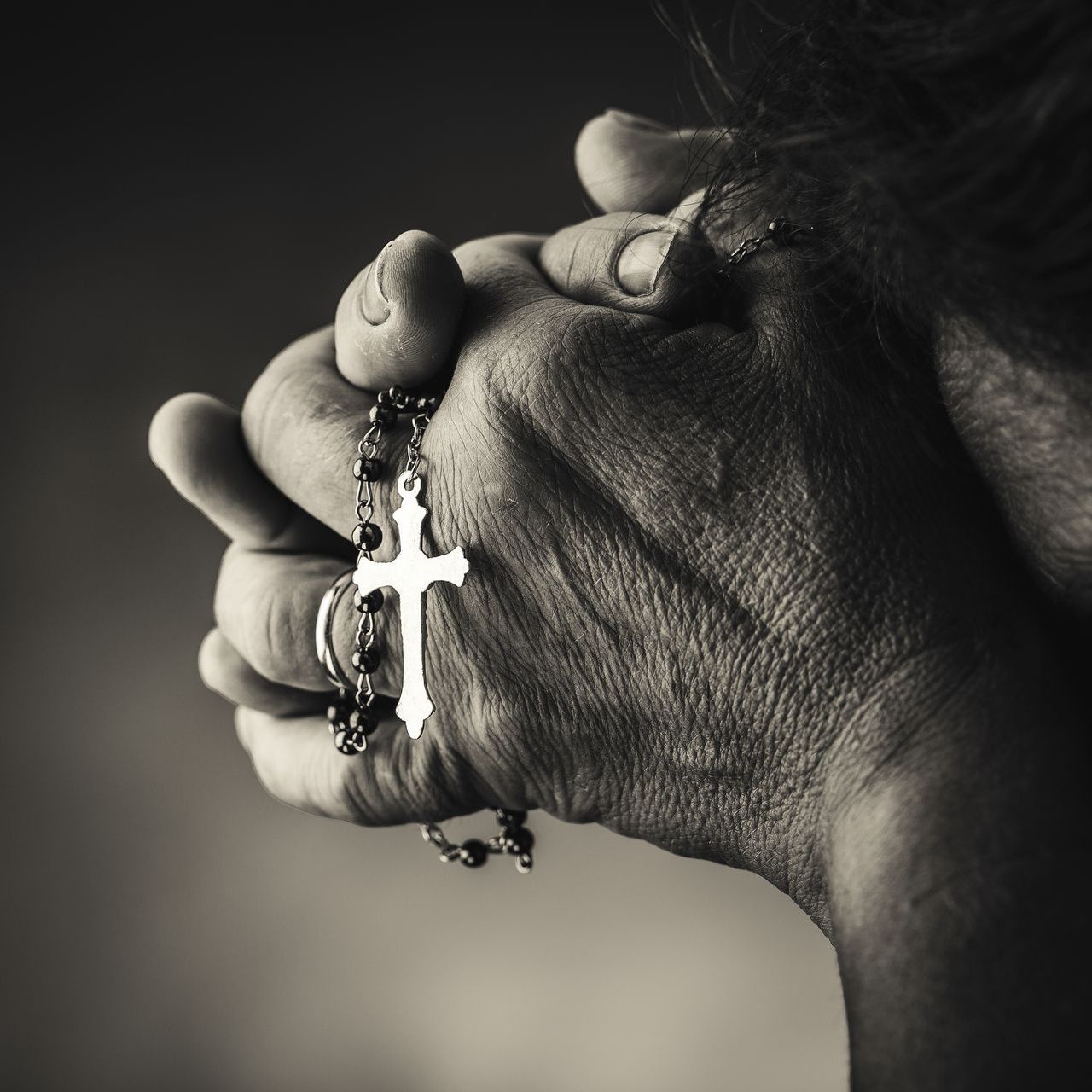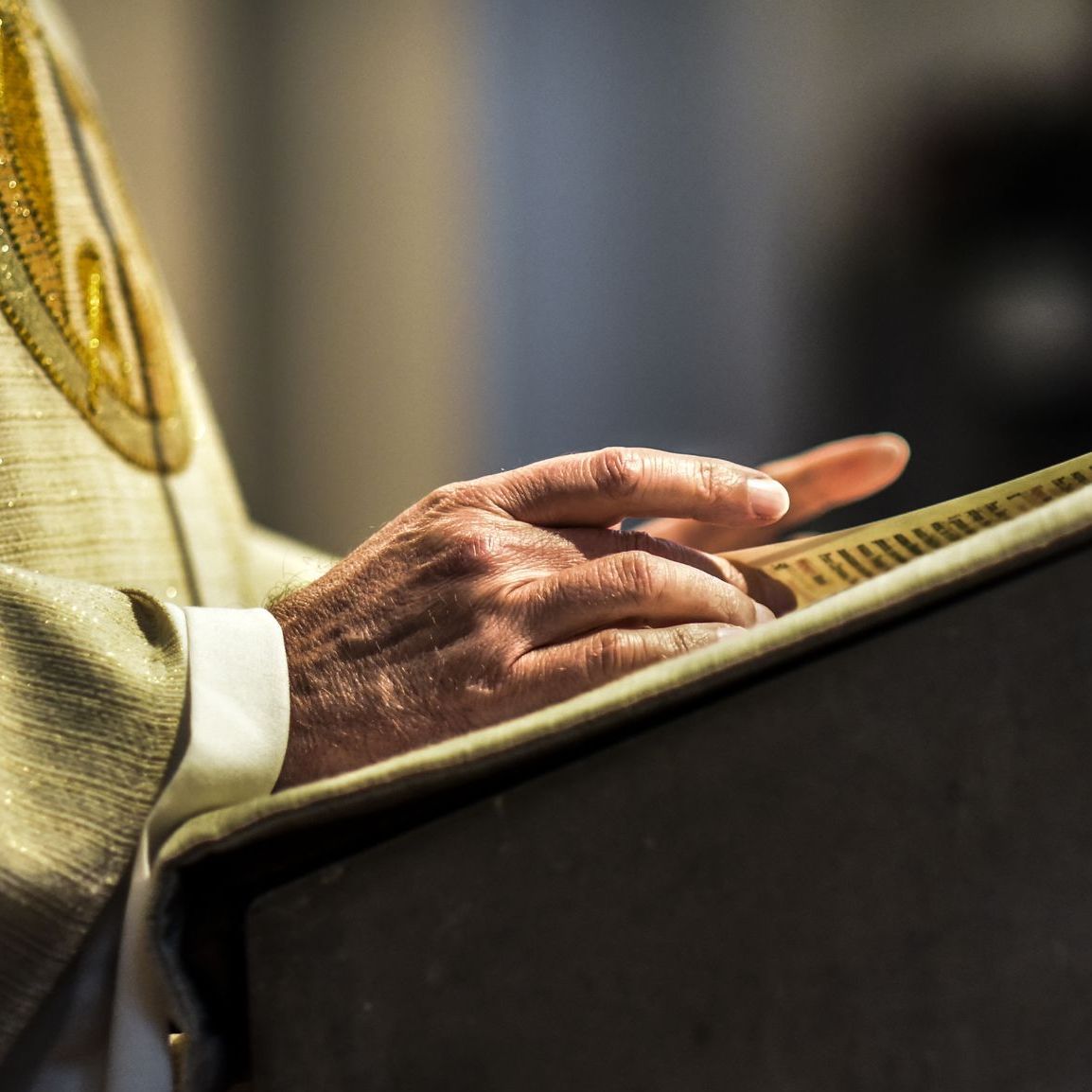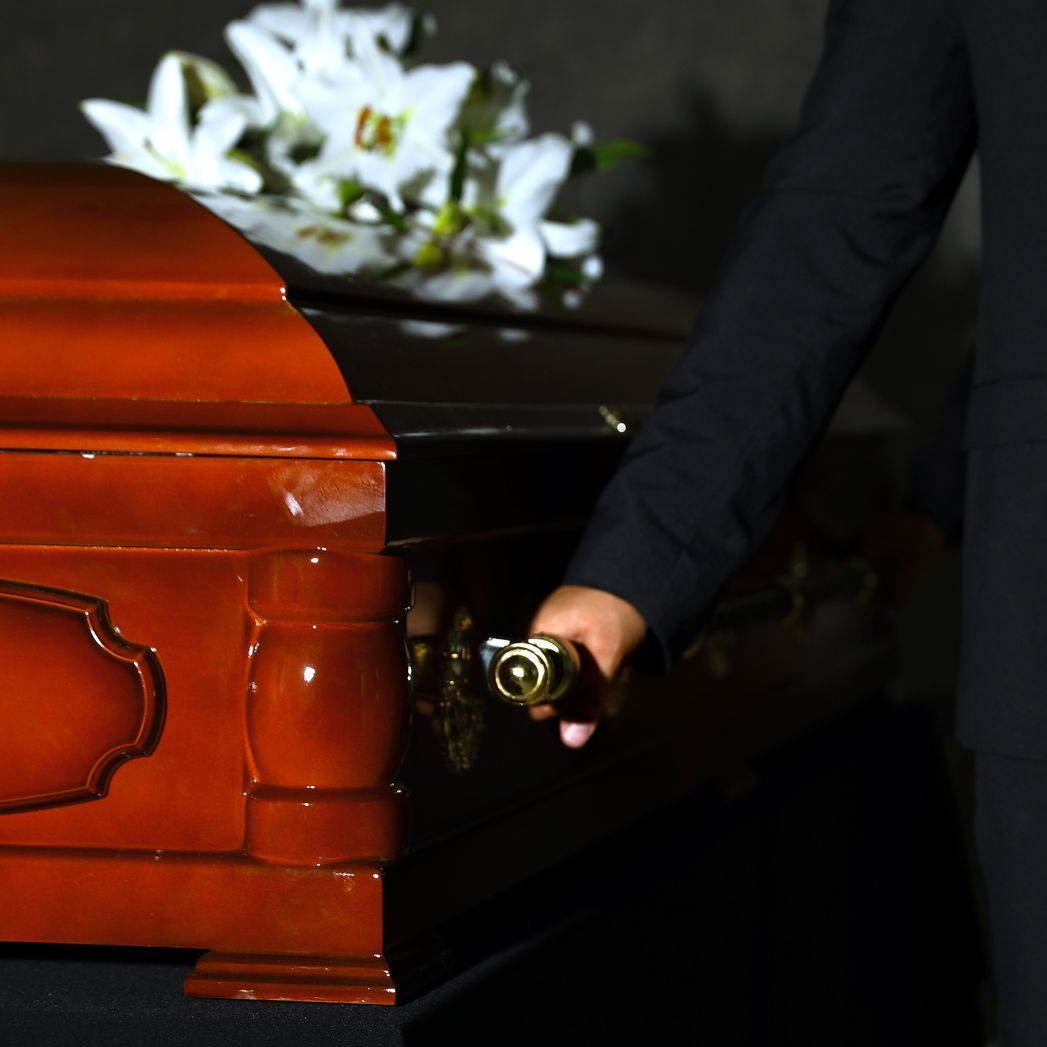The Catholic Funeral Rite
The Catholic funeral rite is a time-honored tradition that allows our Christian community to gather in support of the bereaved and to commend our dear departed loved ones into God’s loving and merciful hands. A Catholic funeral rite is divided into several stations, or parts, each with its own purpose: vigil, funeral liturgy, and rite of committal. By following the complete structure, the bereaved family is strengthened in faith, hope, and love.
“Eternal rest, grant unto them, O Lord, and let perpetual light shine upon them. May the souls of the faithful departed through the mercy of God rest in peace. Amen.”

Love: Vigil Service (Wake or Rosary)
The vigil is a prayer service usually held the evening before the funeral and may include a rosary. The Order of Christian Funerals (no. 56) states, “At the vigil, the Christian community keeps watch with the family in prayer to the God of mercy and finds strength in Christ’s presence.” This is a special time for the bereaved family to receive love and support from their Christian brothers and sisters and to share stories as they honor and remember a unique life.
At the vigil, much like a viewing or a wake, family and friends gather in the home of the deceased, in the funeral home, or in the Church to pray and remember the deceased and commend them to God. In prayer, we ask God to console us in our grief and give us strength to support one another. The vigil is the most appropriate time for family and friends to share stories, eulogies, and memories.

Faith: Funeral Liturgy
The funeral liturgy is the central expression of faith for the Catholic community after the loss of a loved one. The funeral liturgy may be celebrated at a Requiem Mass, or when Mass cannot be celebrated, a funeral liturgy outside Mass can be celebrated at the Church or in the funeral home. The funeral liturgy is an act of worship in which the family and friends of the deceased gather with the Church to give praise and thanks to God. Through prayer and petition, our focus is placed on Christ’s victory over sin and death as we commend our loved one to God’s tender mercy and compassion.

Hope: Rite of Committal (Burial or Interment)
The Rite of Committal, the final act of the community of faith in caring for a lost loved one, is the conclusion of the funeral rite. The Church prefers for burial to take place on consecrated ground. In committing the body to its resting place, the community expresses the hope that, with all those who have gone before us marked with the sign of faith, the deceased awaits the glory of the resurrection. The Rite of Committal is an expression of the communion that exists between the Church on earth and the Church in heaven: the deceased passes with the farewell prayers of the community of believers into the welcoming company of those who need faith no longer, but see God face to face.
Our Local Diocese: More Information about the Diocese of Duluth
Download the PDF below to view Catholic Readings:
Download the PDF below to view Catholic Music:
Frequently Asked Questions
“Blessed are those who die in the Lord; let them rest from their labors for their good deeds go with them.”
Revelation 14:13
You Can Never Go Back and Do It Over
A funeral service is the last goodbye to your loved one. That’s why we will guide you through the process of planning a personalized service and take care of every last detail from start to finish.

